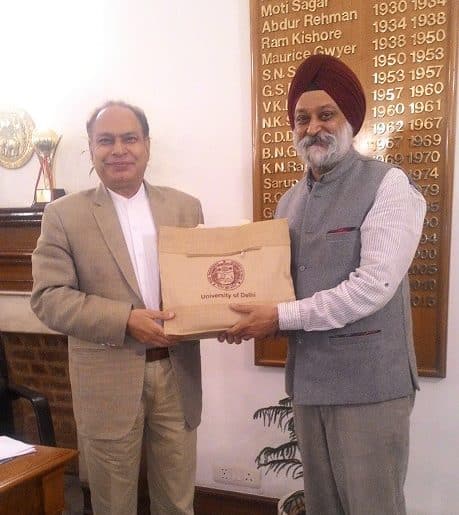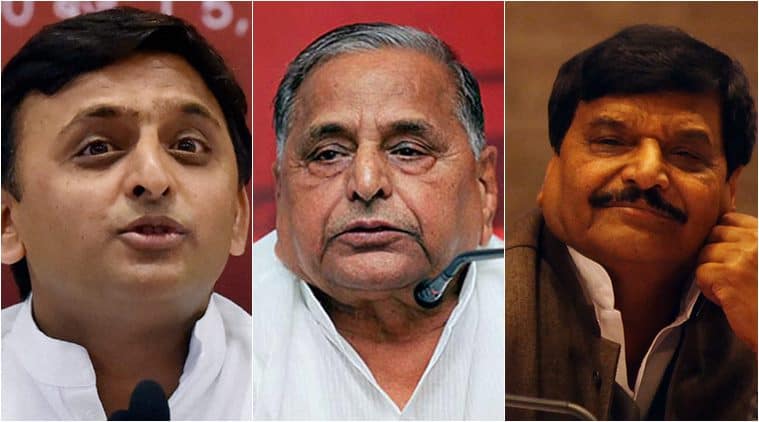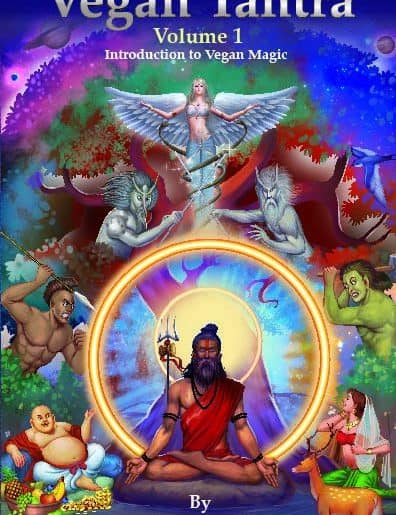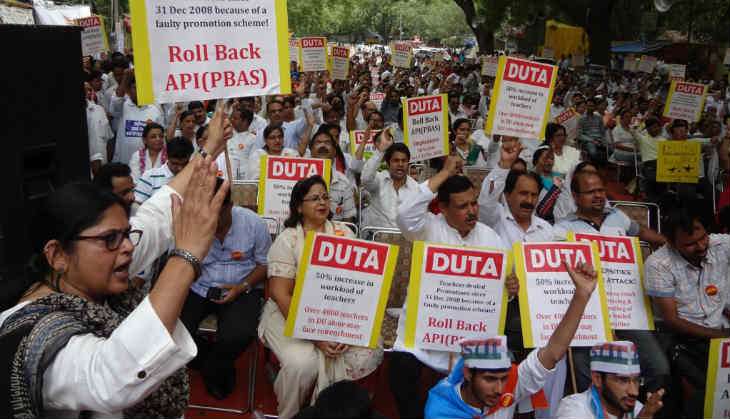Most of us know Veganism to be a new fad that advocates not using animal products for food or lifestyle, including clothing, medication and cosmetics. What most of us don’t know about this new fad is that:
1. It has it’s origins as early as 10,000 B.C. and was the central ethic at the heart of Eastern Tantra and Western Magic, the mother of all modern religions today.
2. Not just that, it is the single thread, the moral lesson, that holds the story of creation together through the cyclic apocalyptic floods that come as Mother Earth detoxifies herself regularly over periods of time called Yugas or eons.
3. That ancient sciences of both Yoga and Alchemy hold veganism as a prerequisite to rise and shine like the Sun and summon our soul mates to satellite around us creating our own spiritual solar system here on Earth.
4. That the nuclear reactions in a star as it matures from its first main sequence of converting hydrogen into helium until its seventh main sequence of producing the heaviest element Iron, is a fractal equivalent of an individual here on Earth raising their Kundalini energy through their seven chakras, which cannot be done without veganism.
5. That as per the Law of Sevens, as we do raise our Kundalini through the seven chakras by practicing Ahimsa or Veganism, we are actually making our way through the seven levels of afterlife we will be sent to, the three lower Hells, the fourth transition level and the three upper Heavens as mentioned in many Vedic and Hermetic scriptures.
6. This law of sevens isn’t just limited to our seven Chakras and our spiritual place in Heaven or Hell, it pervades all of creation from the seven colors of visible light (VIBGYOR), seven sounds of the audible spectrum (Sa,Re,Ga,Ma,Pa,Dha,Ni), seven existential needs, seven levels of consciousness, to the seven main systems and master glands in the human body that make it function as a whole together.
7. That unless we go vegan, we will never experience the full potential of our personal and professional life because as the Kundalini energy moves along our spine it activates our chakras and their associated glands to peak performance one by one.
8. What we refer to as our elusive sense of intuition or sudden spurts of inspiration which account for our most magical experiences of being alive is actually our sixth sense, our ability to communicate with nature working pathetically. As our Kundalini moves up, those states of being guided by nature become more sustainable until we are in constant two-way communication with nature.
9. Normally we only see and hear about 1% of the bandwidth of the visible and audible spectrum. Many other animals see and hear outside of their spectrum and respond to it as well. We are kicked out of this network because of our violence towards other sentient beings, our spiritual siblings. Once we resume loving relationships with them we are welcomed back into this network by Mother Nature.
10. So, if you want to discover all your spiritual soulmates to fulfill your purpose of existence with them, experience the big L love or become the next great inventor or artist, there is only one way to go, and that’s Veganism.
Sukrat Bajaj, the Creative Director of Vegan World Media, a publishing house dedicated to producing cutting-edge vegan content says that – “Whether we know it or not, we are all tantrics, little magicians, doing tantra in our everyday lives, the question remains only of our awareness.”
Vegan World Media is looking forward to working with student activists from every college to help spread the beautiful and magical message of Veganism. They have decided to offer their books to students at 50% of their online prices on Amazon, while helping student activists make money on the side.
Interested students may write to them at [email protected] and leave their name, college, contact information and phone numbers.










